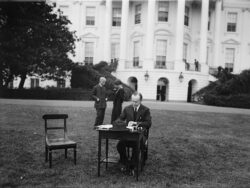Latest
Who Gets to Vote?
Books to help you navigate America’s complicated history of voting rights
Published: September 14, 2020
Last Updated: October 23, 2020
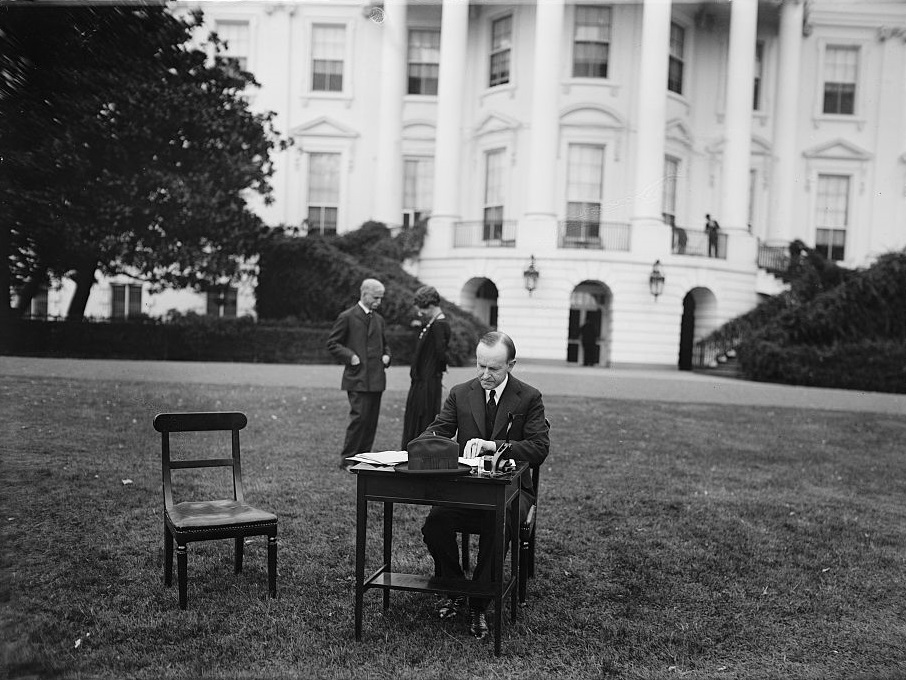
Gift of Herbert A. French, Library of Congress
President Calvin Coolidge votes by mail in the 1924 election.
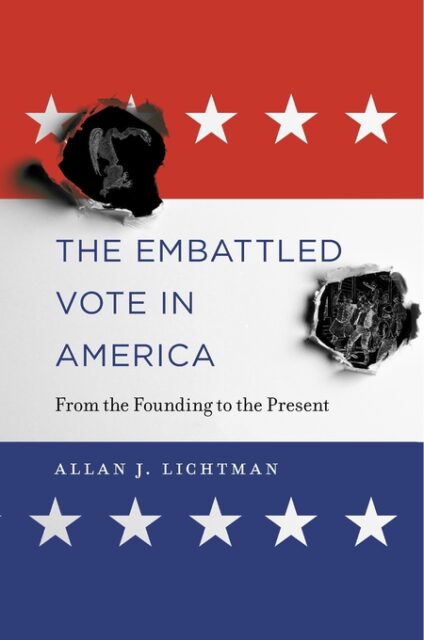 THE EMBATTLED VOTE IN AMERICA: From the Founding to the Present, by Allan J. Lichtman. (Harvard University Press, 336 pp.)
THE EMBATTLED VOTE IN AMERICA: From the Founding to the Present, by Allan J. Lichtman. (Harvard University Press, 336 pp.)
Best-known for successfully predicting the outcome of every US presidential race since 1984, political historian Allan Lichtman takes readers on an epic, thought-provoking journey through the history of voting rights—and restrictions—over more than two centuries.
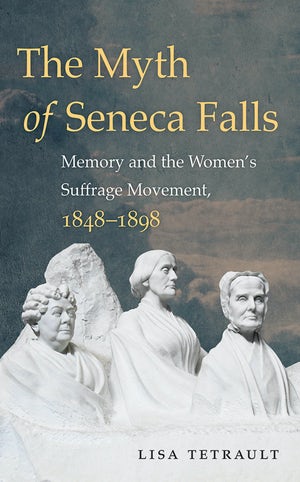 THE MYTH OF SENECA FALLS: Memory and the Women’s Suffrage Movement, 1848–1898, by Lisa Tetrault. (University of North Carolina Press, 246 pp.)
THE MYTH OF SENECA FALLS: Memory and the Women’s Suffrage Movement, 1848–1898, by Lisa Tetrault. (University of North Carolina Press, 246 pp.)
In this intimate look at the first fifty years of the women’s rights movement, Lisa Tetrault challenges the standard narratives surrounding the Seneca Falls Convention and reexamines the roles played by Elizabeth Cady Stanton, Susan B. Anthony, and Lucretia Mott in creating the movement’s origin stories.
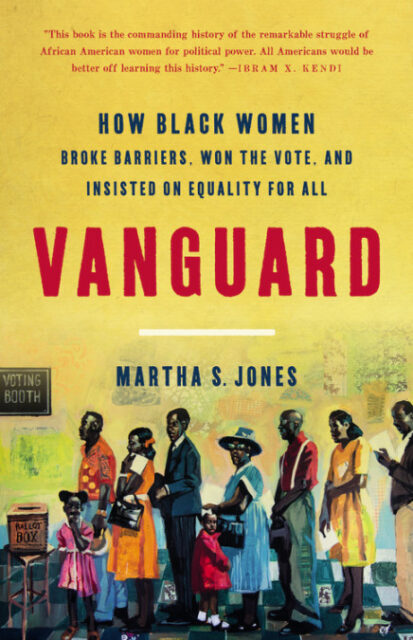 VANGUARD: How Black Women Broke Barriers, Won the Vote, and Insisted on Equality for All, by Martha S. Jones. (Basic Books, 352 pp.)
VANGUARD: How Black Women Broke Barriers, Won the Vote, and Insisted on Equality for All, by Martha S. Jones. (Basic Books, 352 pp.)
Martha Jones’s just-released Vanguard traces the role of Black women in the fight to secure not only voting rights but equal rights for all. Through profiles of Ida B. Wells, Fannie Lou Hamer, Maria Stewart, and others, Jones plumbs the depths of Black women’s historic and modern-day struggles against racism and sexism to gain full access to the promises of American citizenship.
 BENDING TOWARD JUSTICE: The Voting Rights Act and the Transformation of American Democracy, by Gary May. (Basic Books, 336 pp.)
BENDING TOWARD JUSTICE: The Voting Rights Act and the Transformation of American Democracy, by Gary May. (Basic Books, 336 pp.)
Ratification of the 15th Amendment in 1870 was intended to secure the right for men to vote regardless of “race, color, or previous condition of servitude” but states across the former Confederacy and beyond passed laws and undertook violent campaigns to stifle Black voting. Gary May explores the events leading up to the passage of the 1965 Voting Rights Act, which sought to realize the promises of the 15th Amendment for all citizens, and considers the work that remains to protect the vote for all.
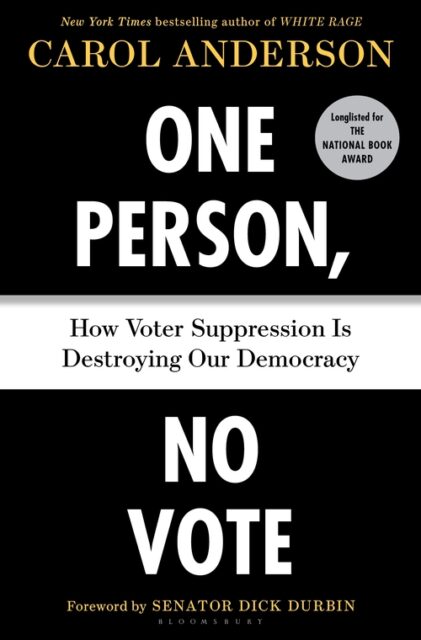 ONE PERSON, NO VOTE: How Voter Suppression Is Destroying Our Democracy, by Carol Anderson. (Bloomsbury Publishing, 368 pp.)
ONE PERSON, NO VOTE: How Voter Suppression Is Destroying Our Democracy, by Carol Anderson. (Bloomsbury Publishing, 368 pp.)
Longlisted for the National Book Award, Carol Anderson’s One Person, No Vote explores African American voter disenfranchisement since the 2013 5-to-4 Supreme Court decision that invalidated key sections of the 1965 Voting Rights Act.
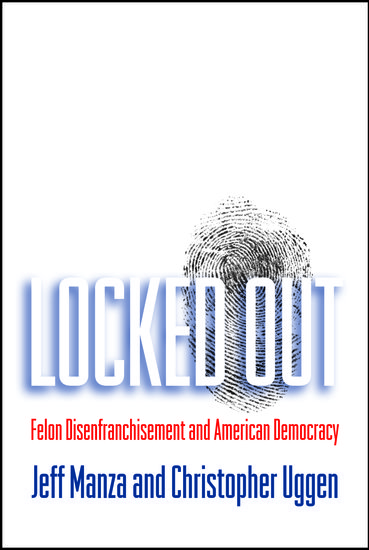 LOCKED OUT: Felon Disenfranchisement and American Democracy, by Jeff Manza and Christopher Uggen. (Oxford University Press, 384 pp.)
LOCKED OUT: Felon Disenfranchisement and American Democracy, by Jeff Manza and Christopher Uggen. (Oxford University Press, 384 pp.)
Among the increasingly scrutinized impacts of mass incarceration in the US is its impact on voting rights. In Locked Out, Jeff Manza and Christopher Uggen consider the consequences of widespread felon disenfranchisement that makes one in every forty adults of voting age (and one in four Black men in some states) ineligible to exercise the right to vote.
Who Gets to Vote is a program of the Louisiana Endowment for the Humanities funded by the “Why it Matters: Civic and Electoral Participation” initiative, administered by the Federation of State Humanities Councils and funded by Andrew W. Mellon Foundation.
